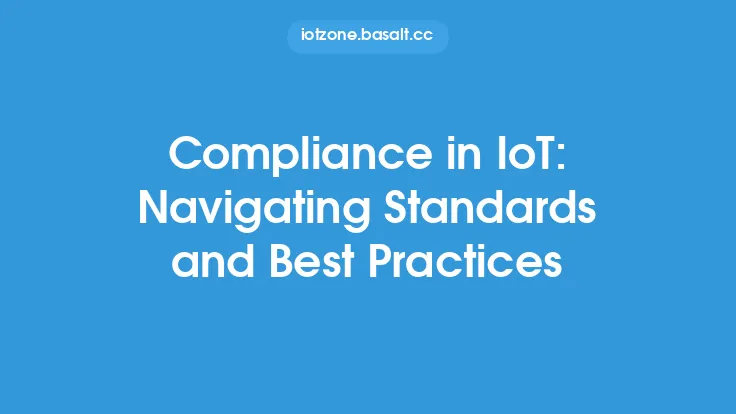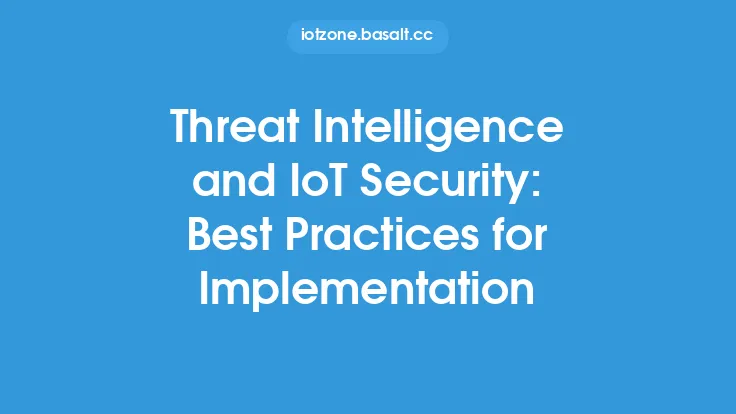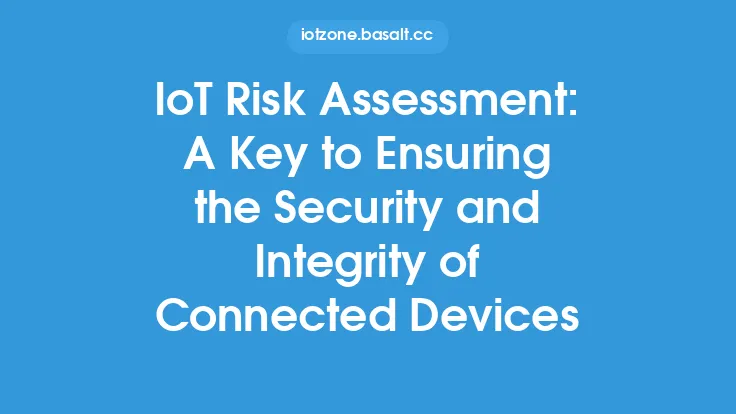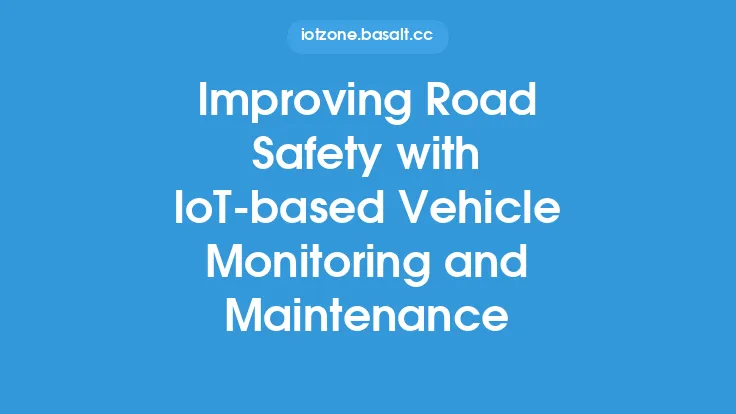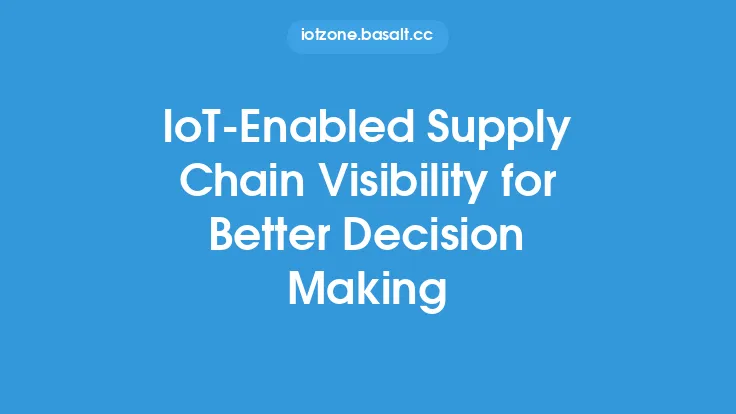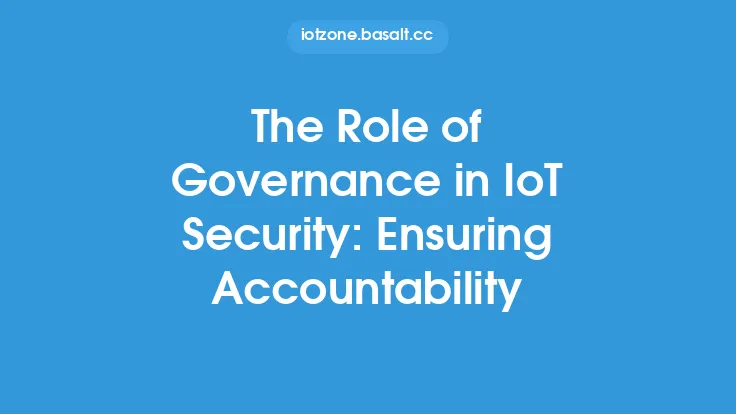As the number of internet-connected devices continues to grow, small and medium-sized enterprises (SMEs) are increasingly adopting Internet of Things (IoT) technologies to improve operational efficiency, reduce costs, and enhance customer experience. However, the integration of IoT devices into business operations also introduces new security risks and compliance challenges. SMEs must ensure that their IoT deployments comply with relevant regulations and standards to avoid financial penalties, reputational damage, and legal liabilities. In this article, we will explore the key aspects of IoT security compliance for SMEs, including the importance of compliance, relevant regulations and standards, risk assessment and mitigation, and best practices for implementation.
Importance of Compliance
IoT security compliance is crucial for SMEs to protect their business operations, customer data, and reputation. Non-compliance with IoT security regulations can result in significant financial penalties, legal action, and damage to the company's reputation. Moreover, a security breach can compromise sensitive business data, disrupt operations, and lead to loss of customer trust. SMEs must prioritize IoT security compliance to ensure the confidentiality, integrity, and availability of their data and systems. Compliance also helps SMEs to demonstrate their commitment to security and data protection, which can be a competitive advantage in the market.
Relevant Regulations and Standards
SMEs must comply with various regulations and standards that govern IoT security, including:
- General Data Protection Regulation (GDPR): Applies to companies that collect and process personal data of EU citizens.
- Health Insurance Portability and Accountability Act (HIPAA): Regulates the security and privacy of protected health information (PHI) in the healthcare industry.
- Payment Card Industry Data Security Standard (PCI DSS): Applies to companies that handle payment card information.
- National Institute of Standards and Technology (NIST) Cybersecurity Framework: Provides guidelines for managing and reducing cybersecurity risk.
- International Organization for Standardization (ISO) 27001: Specifies requirements for an information security management system (ISMS).
SMEs must also comply with industry-specific regulations, such as those related to industrial control systems, medical devices, or automotive systems.
Risk Assessment and Mitigation
To ensure IoT security compliance, SMEs must conduct a thorough risk assessment to identify potential vulnerabilities and threats. This includes:
- Identifying IoT devices and systems used in the business.
- Assessing the potential risks and threats associated with each device or system.
- Evaluating the likelihood and impact of a security breach.
- Implementing controls and mitigations to reduce the risk of a breach.
SMEs can use various risk assessment frameworks, such as NIST Special Publication 800-30, to guide their risk assessment and mitigation efforts.
Best Practices for Implementation
To implement IoT security compliance effectively, SMEs should follow best practices, including:
- Developing an IoT security policy that outlines roles, responsibilities, and procedures.
- Implementing secure device management practices, such as secure boot, secure firmware updates, and secure authentication.
- Using encryption to protect data in transit and at rest.
- Conducting regular security audits and vulnerability assessments.
- Providing training and awareness programs for employees on IoT security best practices.
- Continuously monitoring and updating IoT devices and systems to ensure they remain secure and compliant.
Technical Requirements
To ensure IoT security compliance, SMEs must also consider technical requirements, such as:
- Secure communication protocols, such as Transport Layer Security (TLS) or Datagram Transport Layer Security (DTLS).
- Secure data storage and processing, such as using secure databases and encryption.
- Secure device authentication and authorization, such as using public key infrastructure (PKI) or secure token-based authentication.
- Regular firmware updates and patch management to ensure devices remain secure and up-to-date.
- Implementing intrusion detection and prevention systems (IDPS) to detect and prevent security threats.
Compliance Tools and Resources
SMEs can use various tools and resources to support their IoT security compliance efforts, including:
- Compliance frameworks and guidelines, such as NIST Cybersecurity Framework or ISO 27001.
- Risk assessment and mitigation tools, such as vulnerability scanners or penetration testing tools.
- Security information and event management (SIEM) systems to monitor and analyze security-related data.
- Compliance management software to track and manage compliance requirements.
- Industry-specific resources, such as the Industrial Internet Consortium (IIC) or the IoT Security Foundation.
Conclusion
IoT security compliance is a critical aspect of SME operations, requiring a comprehensive approach to ensure the security and integrity of IoT devices and systems. By understanding the importance of compliance, relevant regulations and standards, risk assessment and mitigation, and best practices for implementation, SMEs can ensure they meet the necessary requirements to protect their business operations, customer data, and reputation. By prioritizing IoT security compliance, SMEs can demonstrate their commitment to security and data protection, which can be a competitive advantage in the market.
